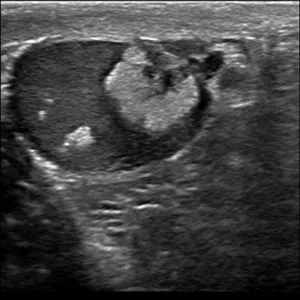Purdue Scientists Pioneer New RNA-Tracking Method in Extracellular Vesicles
Researchers at Purdue University have achieved a breakthrough in understanding how RNA-binding proteins within extracellular vesicles (EVs) can suppress immune responses, thereby impacting the effectiveness of immunotherapy treatments. This innovative method offers a new lens through which to view the complex interactions between EVs and the immune system.
The Challenge: Understanding EV’s Impact on Immunity
Extracellular vesicles play a crucial role in intercellular communication, carrying various molecules, including RNA and proteins. However, the specific mechanisms by which EVs influence immune responses, particularly in the context of cancer immunotherapy, have remained elusive. This new research sheds light on how RNA-binding proteins within EVs contribute to immune suppression.
The Innovation: A Novel Tracking Method
The Purdue team developed a sophisticated method to track the activity and behavior of RNA-binding proteins within EVs. This approach allows scientists to observe, in detail, how these proteins interact with RNA molecules and subsequently affect the immune system. The method involves:
- Isolating EVs from biological samples.
- Identifying and characterizing the RNA-binding proteins present.
- Tracking the interactions between these proteins and RNA within the EVs.
- Analyzing the downstream effects on immune cell function.
Key Findings: Impairment of Immune Response
The research revealed that specific RNA-binding proteins in EVs can significantly impair immune responses. These proteins appear to interfere with the normal functioning of immune cells, reducing their ability to recognize and eliminate cancer cells. This finding has significant implications for cancer immunotherapy, where the goal is to boost the immune system’s ability to fight cancer.
Implications for Immunotherapy
By understanding how EVs and their RNA-binding proteins suppress the immune system, researchers can explore new strategies to enhance the effectiveness of immunotherapy. Potential approaches include:
- Developing therapies that block the activity of these immunosuppressive RNA-binding proteins.
- Engineering EVs to deliver immune-stimulating molecules.
- Personalizing immunotherapy treatments based on the EV profiles of individual patients.
Final Overview: A Promising Step Forward
This new method for tracking RNA-binding proteins in EVs represents a significant advancement in our understanding of immune regulation. The insights gained from this research could pave the way for more effective cancer immunotherapies and potentially lead to new treatments for other diseases involving immune dysfunction. Further studies are needed to fully elucidate the complex interactions between EVs, RNA-binding proteins, and the immune system, but this work provides a crucial foundation for future investigations.



+ There are no comments
Add yours